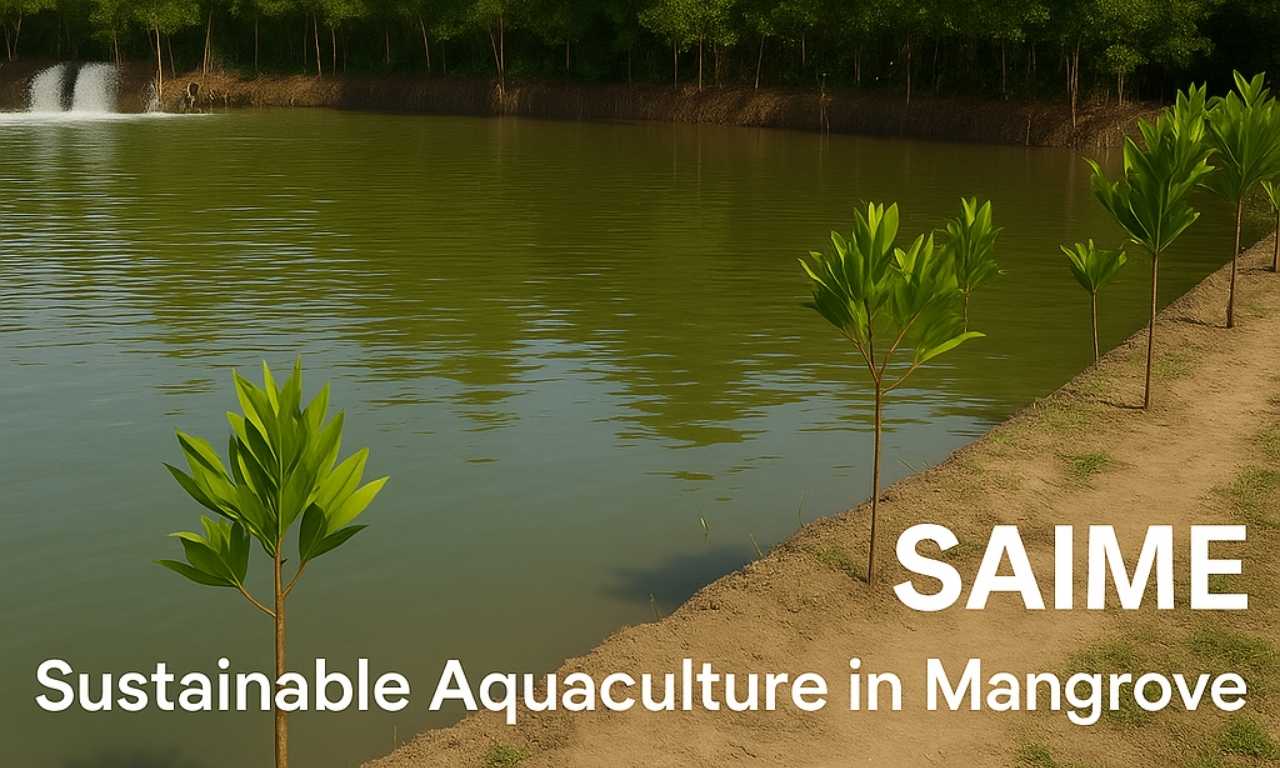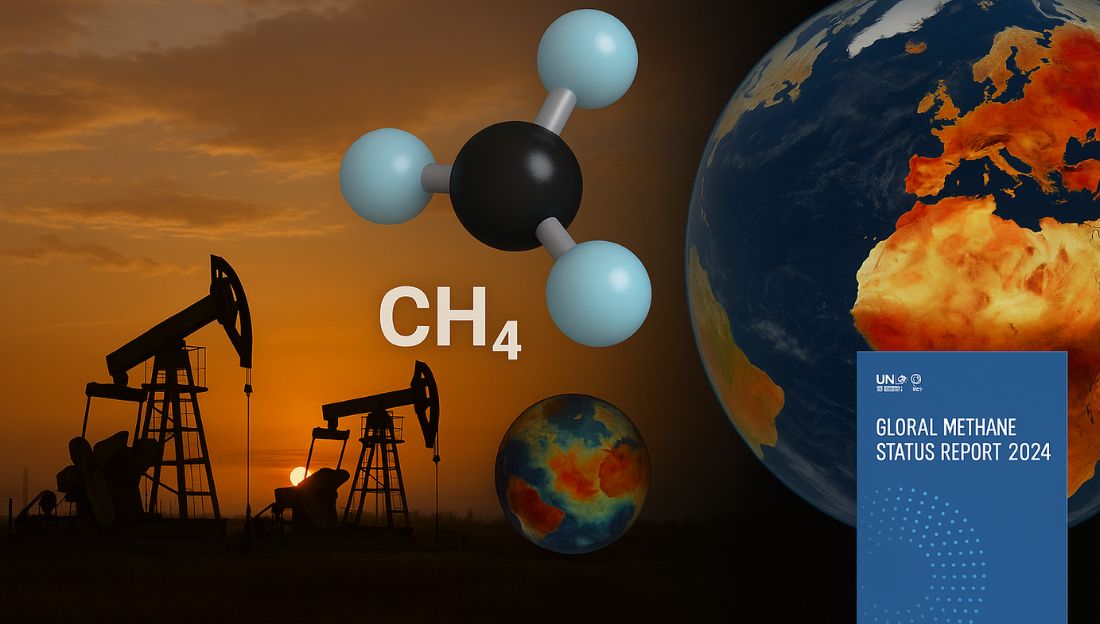A recent study using coral microatolls shows that sea levels around the Maldives, Lakshadweep, and Chagos Archipelago have been rising faster than previously thought, starting from the late 1950s.
Background
- Global warming is causing thermal expansion of oceans and ice-melt, contributing to rising sea levels.
- Low-lying island nations like the Maldives and Lakshadweep are highly vulnerable to even small increases in sea level.
- Historical tide gauge records were limited in the central tropical Indian Ocean.

What are Coral Microatolls?
- Coral microatolls are disk-shaped coral colonies whose upward growth stops at the lowest tide.
- The upper surface of microatolls reflects historical lowest water levels.
- Can live decades to centuries, preserving climate and sea-level history.
- Scientists can extract annual growth bands similar to tree rings to reconstruct sea-level changes.
Study Details
- Conducted at Mahutigalaa reef, Huvadhoo Atoll, Maldives.
- Methods used:
- Measuring and sampling coral structure.
- X-raying slabs to study annual growth bands.
- Uranium-thorium dating to determine historical elevation.
- Data covered 1930–2019.
Key Findings
- Sea level rose ~0.3 metres over 90 years in the region.
- Rise began in the late 1950s, earlier than previous assumptions (~1990).
- Current rate: ~4 mm/year over the last 20–30 years.
- Historical climate events such as El Niño and negative Indian Ocean Dipole (IOD) slowed coral growth.
- Lunar nodal cycle influenced tides and microatoll growth.
- Tectonic stability at study sites ensured accurate sea-level reconstruction.
Implications
- Sea level rose ~0.3 metres over 90 years in the region.
- Rise began in the late 1950s, earlier than previous assumptions (~1990).
- Current rate: ~4 mm/year over the last 20–30 years.
- Historical climate events such as El Niño and negative Indian Ocean Dipole (IOD) slowed coral growth.
- Lunar nodal cycle influenced tides and microatoll growth.
- Tectonic stability at study sites ensured accurate sea-level reconstruction.
Conclusion:
Kilauea’s eruption highlights the dynamic nature of Earth’s geology. Studying such volcanoes not only helps in disaster preparedness but also improves understanding of plate tectonics and landform evolution.





